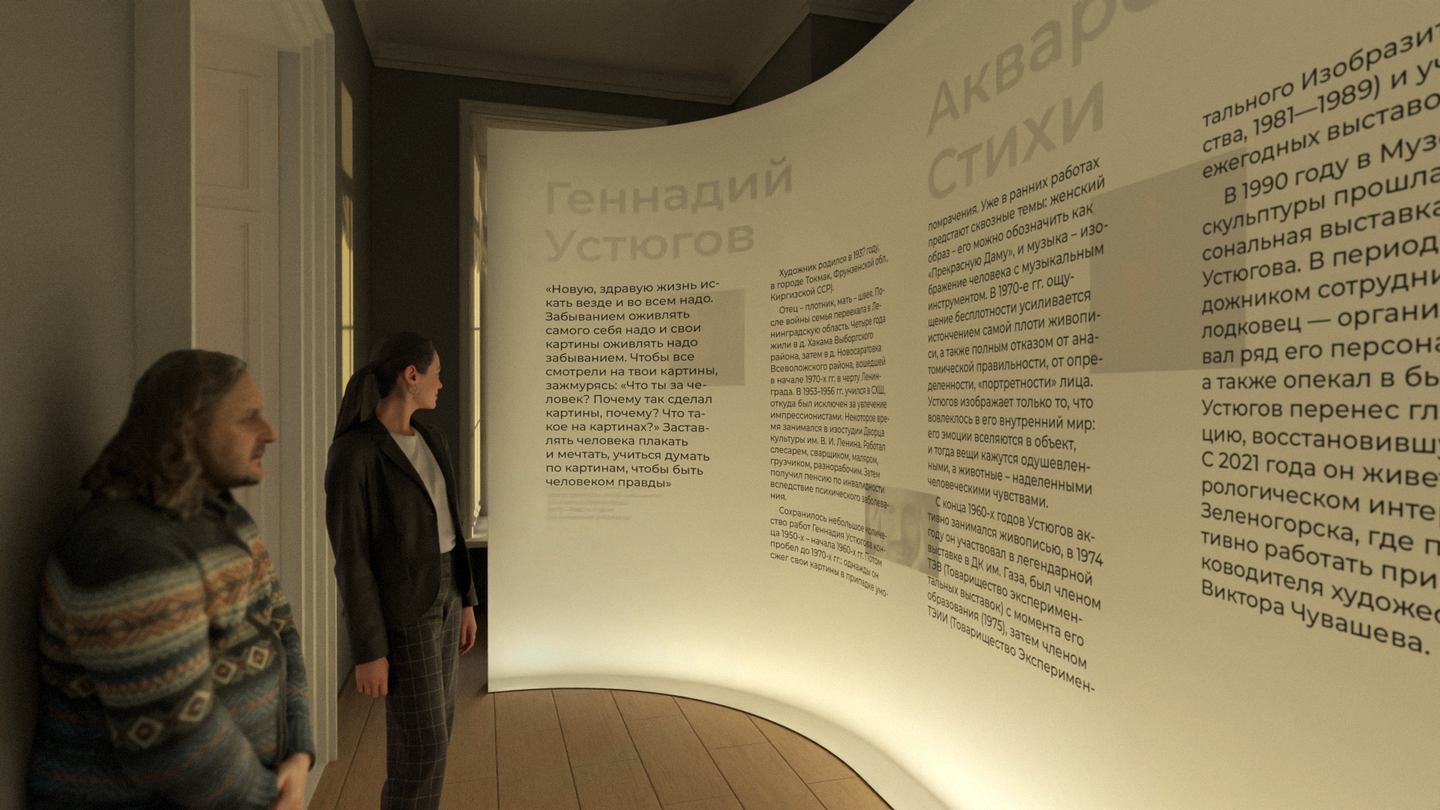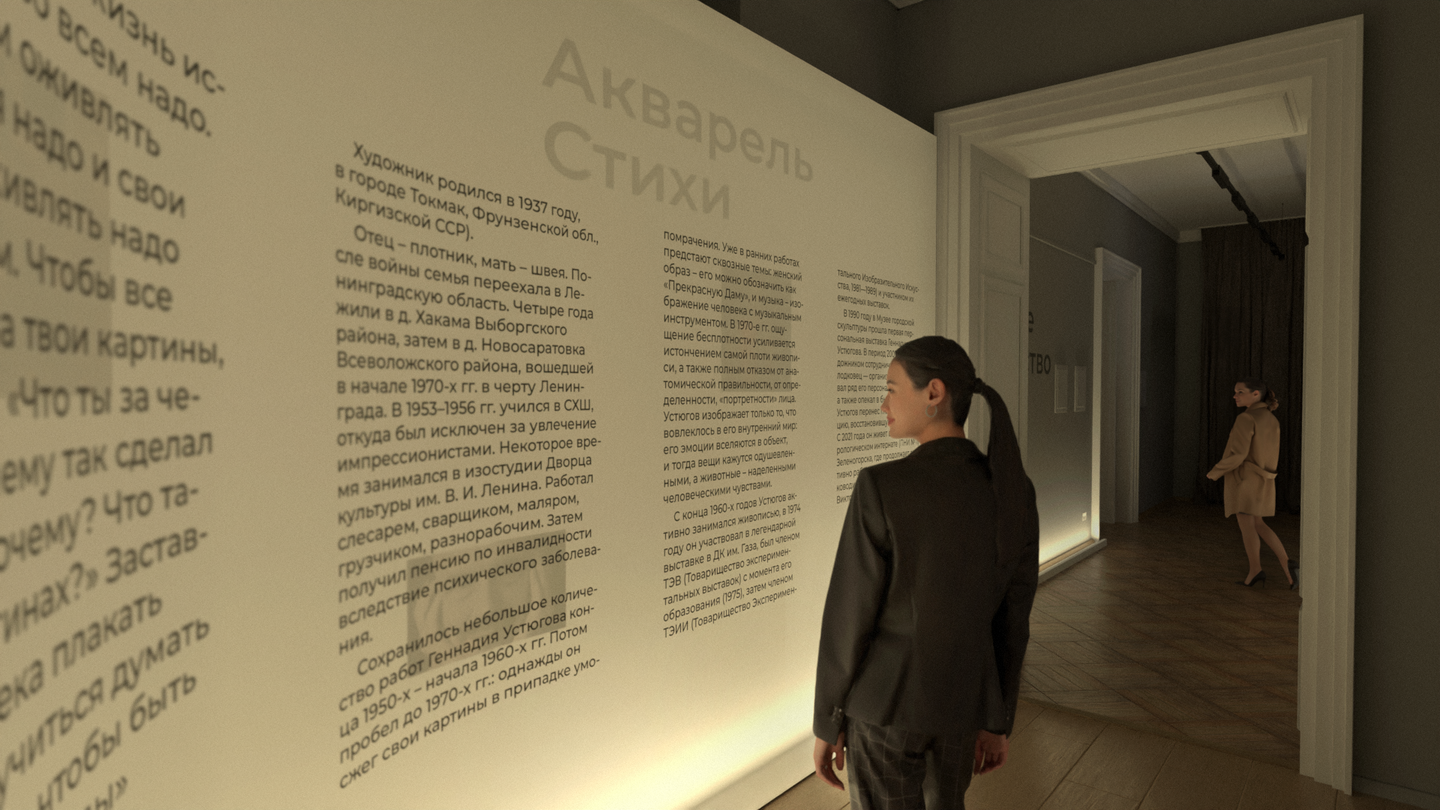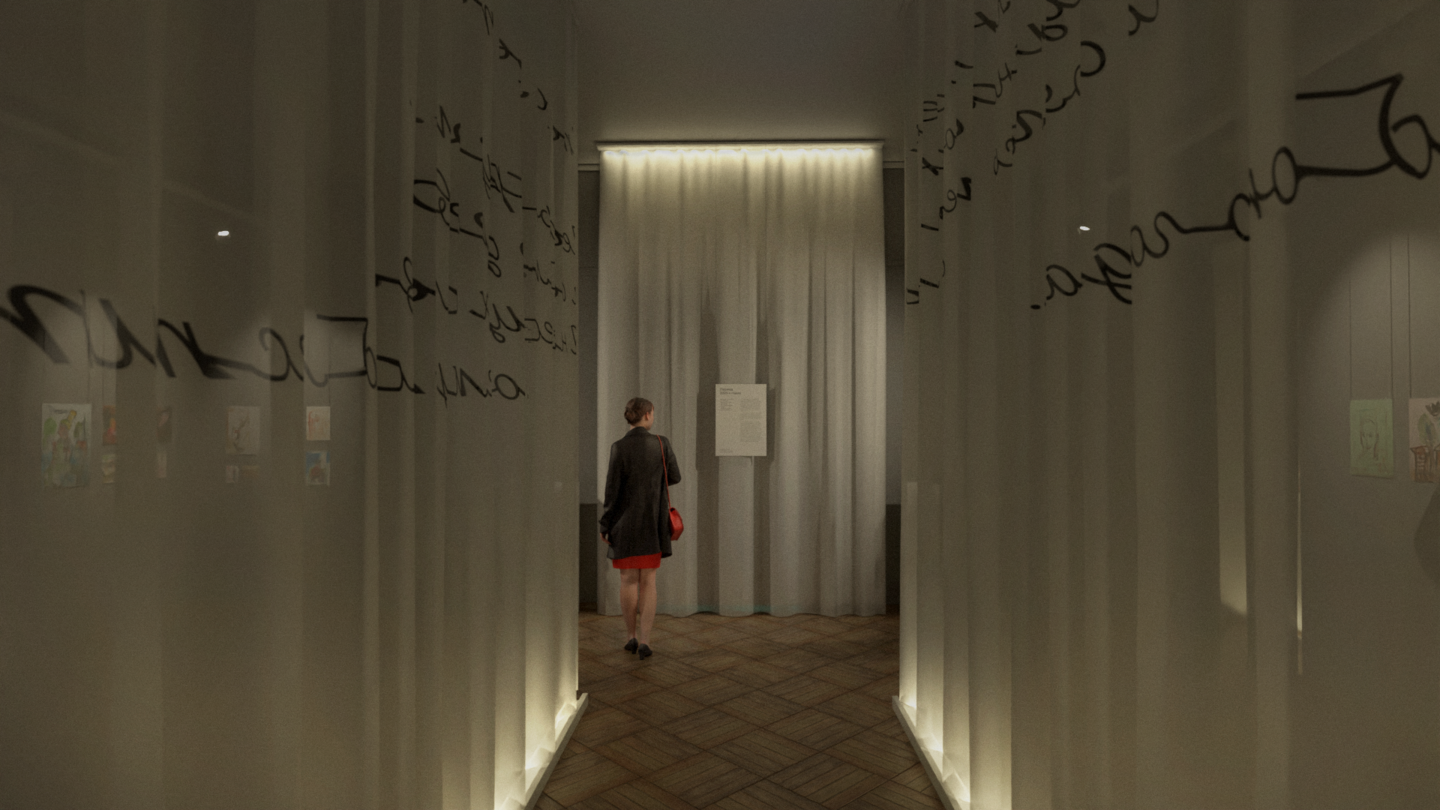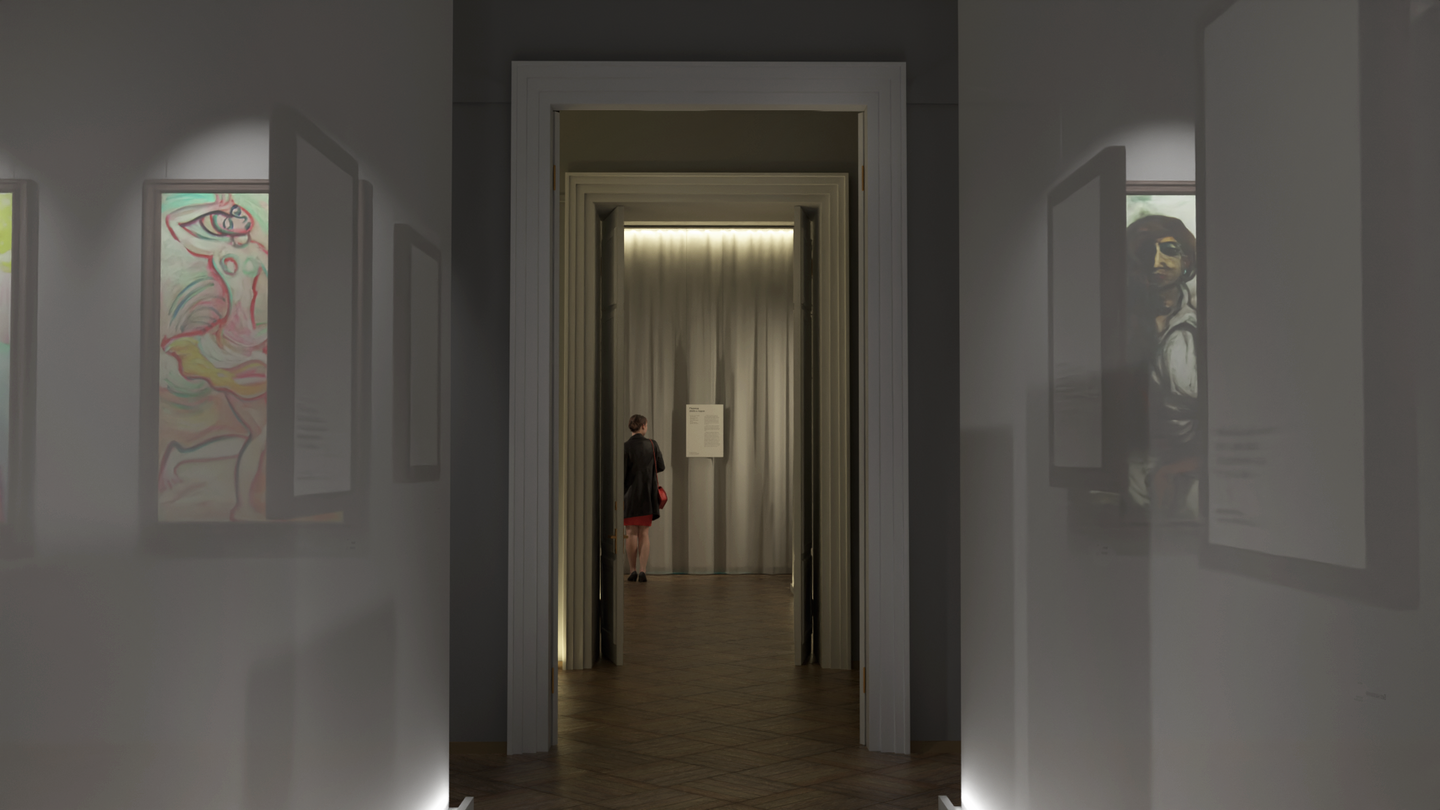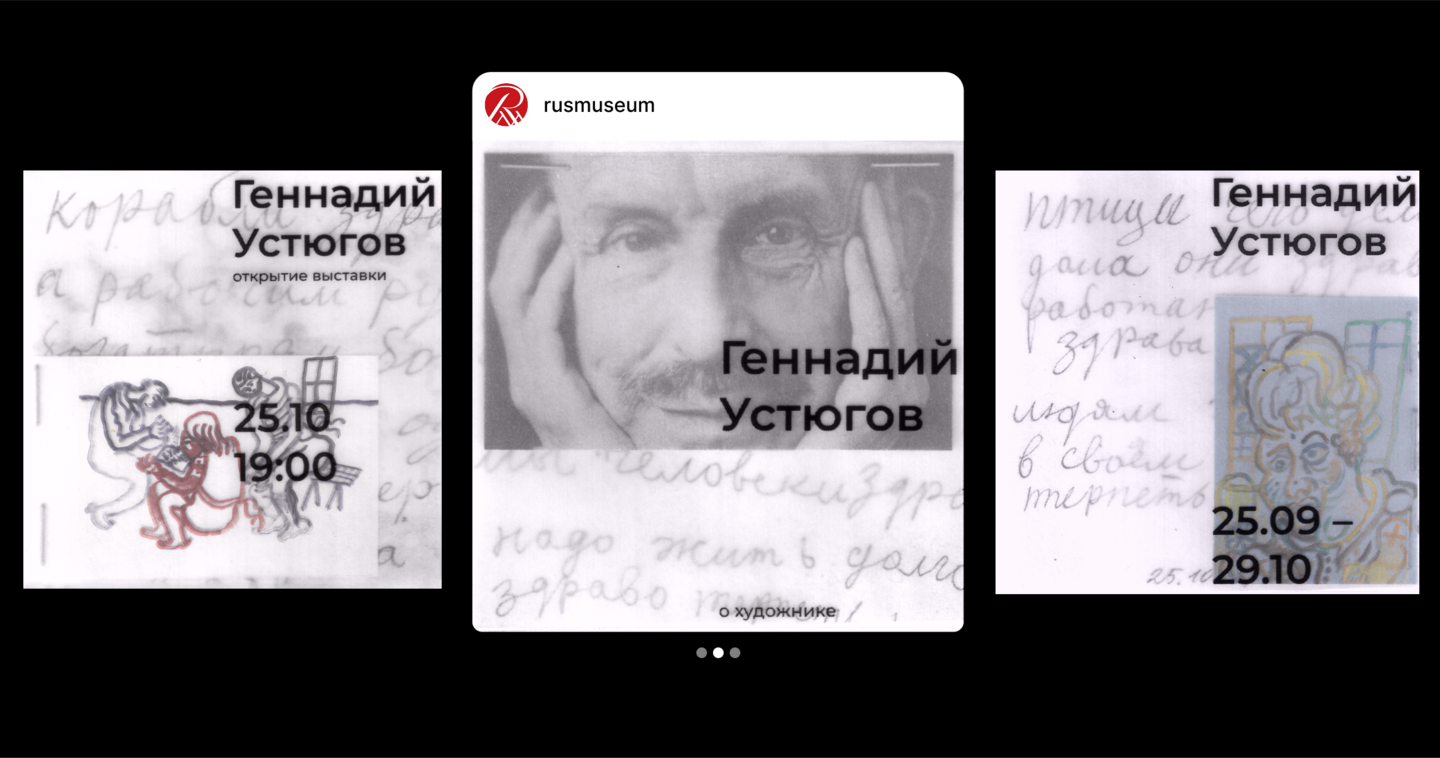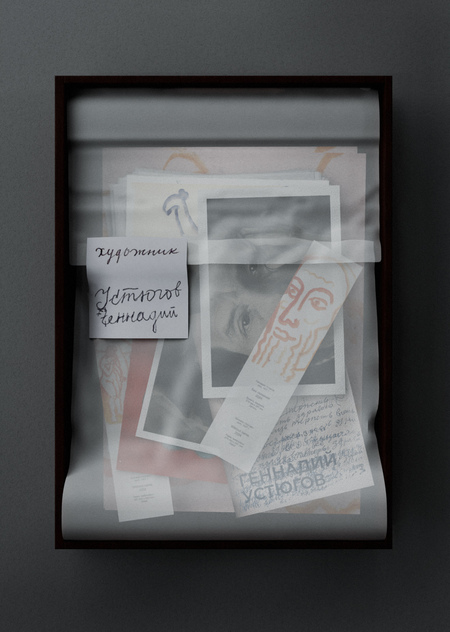
Exhibition and anidemics of the exhibition of Gennady Ustügov

Hennadiy Ustügov is a Soviet and Russian artist and poet who represents the unofficial art of Leningrad from the 1970s to the 1980s.
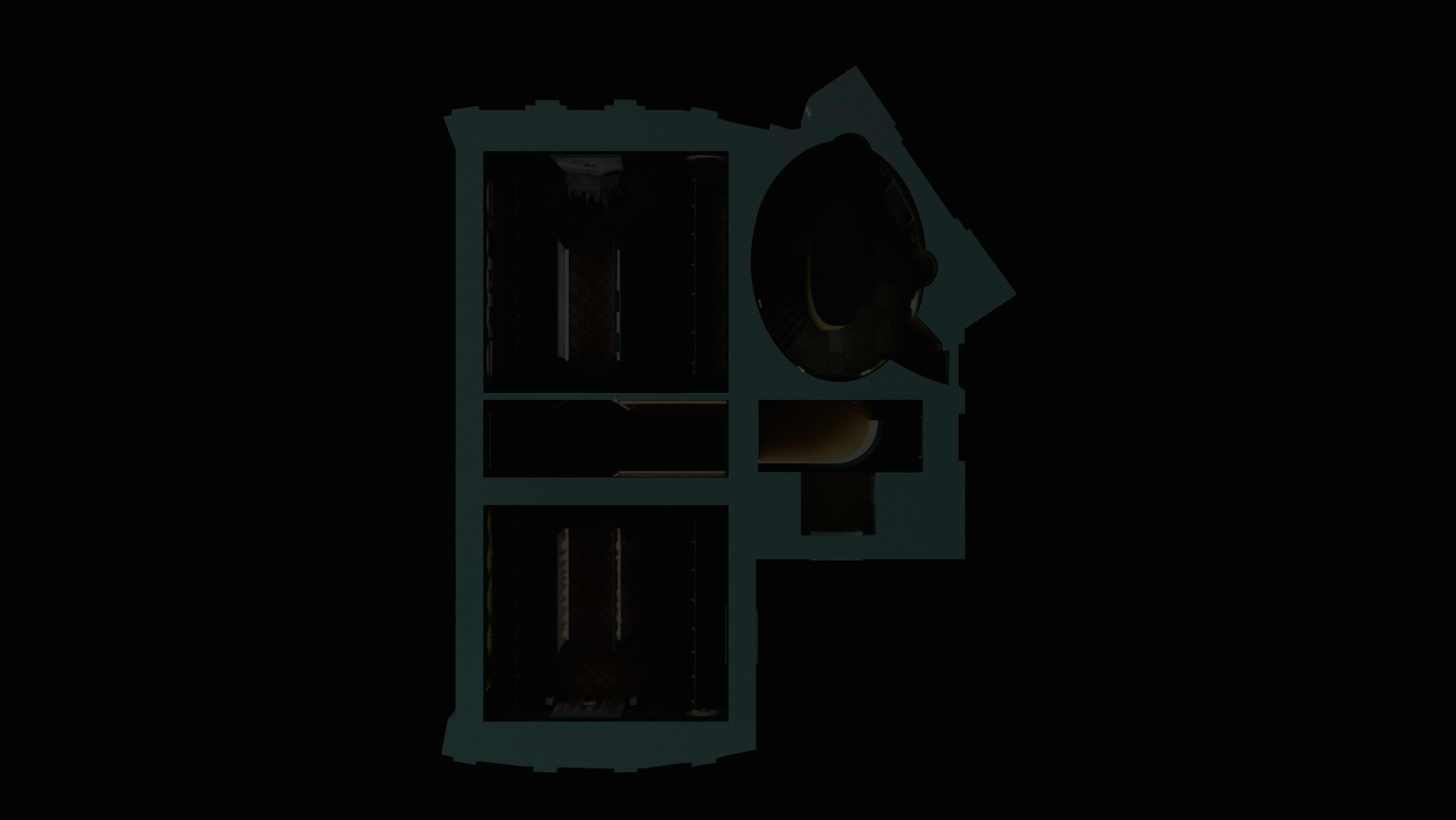
Entering the exhibition. Stairwell
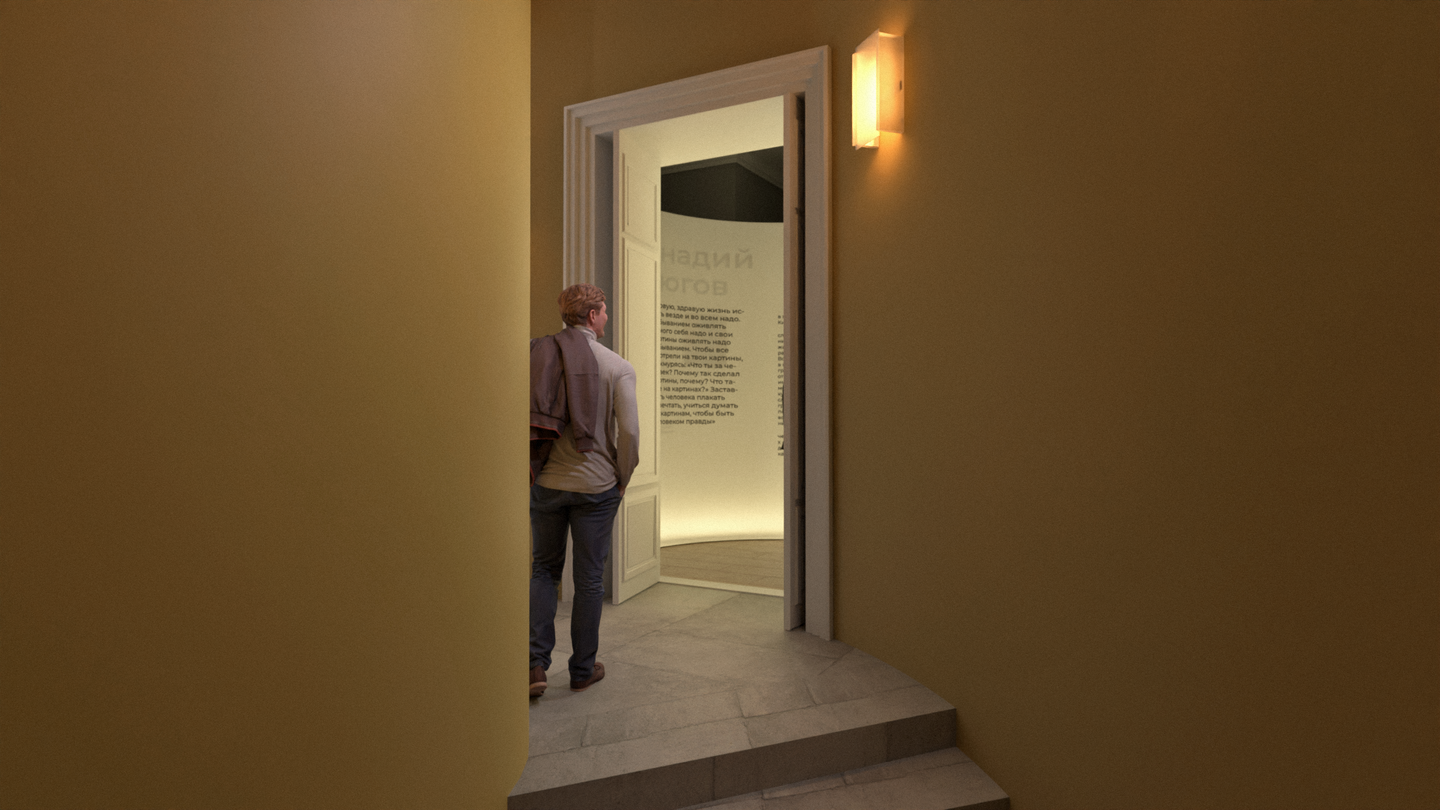
A corridor. Explicit
It is based on the semi-transparency of the fabrics, as is the semi-transparency of the painter’s watermelons.
A corridor. Hey, guys, guys, guys, guys, guys, guys, guys, guys, guys, guys, guys, guys, guys, guys, guys, guys, guys, guys, guys, guys, guys, guys, guys, guys, guys, guys, guys, guys, guys, guys, guys, guys, guys, guys, guys, guys, guys, guys, guys, guys, guys, guys, guys, guys, guys, guys, guys, guys, guys, guys, guys, guys, guys,
Room 1. Early Art
The early creative hall is classical, strict, with white light and more classical painting.
There is an installation in the impasse that talks about the artist’s crisis and the burning of paintings written during this period.
On the back of the paintings, the artist’s poems, they’re semi-transpared under the fabric, haven’t been directly reflected in the painting yet.
Room 2. Later on, creativity.
The Hall of Late Art is relaxed, just as the artist was during this period of his life. The ostügs find their style in painting and reject classical performances.
«The breeze still walks around the room, the wind blows behind the windows.» From the poem collection of Gennady Ustügov.
In the depths of the hall, there are archival photographs of the artist. The visitor can open the curtain himself.
In the Hall of Late Art, poems are reflected in paintings, broken in folds of fabric, and read only from the face of paintings.
Exposition scenario
Exposition media
Explicit
Print media
The series of catalogues focuses on cross-cutting themes in the artist ' s work: women, nature and music.
The catalogues present the intersections of the stories of early and late creations.
Social media
Merch.
Ticket card for the handkerchief
Promotional campaign
The advertising campaign is transformed according to time of day. At night, it shows the painter’s watermarks using a projector.
